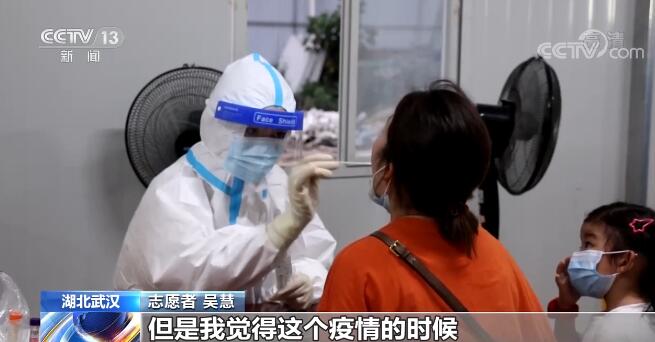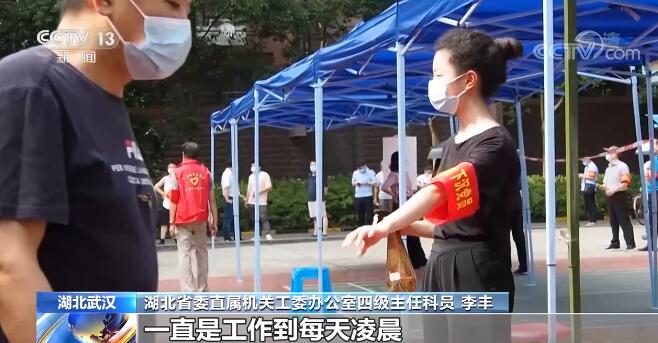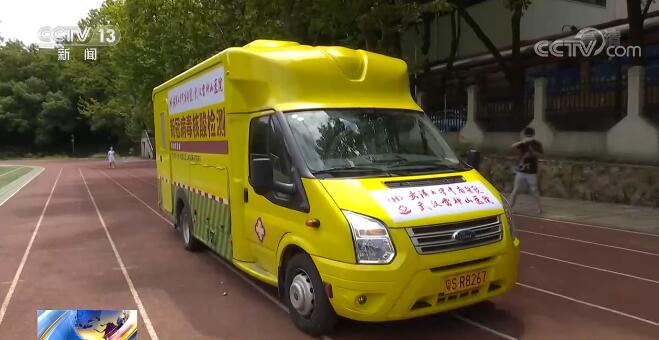Feature story | The Power Behind the Detection of Nucleic Acid in Wuhan, Hubei Province
CCTV News:At present, the nucleic acid testing of all staff in Wuhan, Hubei Province is being carried out in an orderly manner. How to finish the task efficiently in the shortest time? The power behind this is not only the concerted efforts of medical staff and citizens to fight the epidemic, but also the "hardcore" technology "weapons" invested by medical institutions and technology enterprises.
At 8 o’clock in the evening, more than 200 people in Longyang Street, Hanyang District were waiting in line to do nucleic acid. Liu Zhilian, the person in charge of the scene, had a special interview during the busy interval.
Wu Hui, who came for an interview, has 11 years’ experience as a nurse, and she is eager to participate in this epidemic.
Volunteer Wu Hui:Although I have left the hospital now, I think we need to come forward and contribute our little strength in this epidemic.

Because of her rich experience, Wu Hui passed the interview. She immediately put on a red vest and prepared for tomorrow’s nucleic acid test with other volunteers. In more than 2,800 sampling points in Wuhan, there are still many "uninvited" volunteers like Wu Hui.
In Donghu Road community nucleic acid testing point, every resident has a special guide when testing nucleic acid.
Li Feng, the fourth-level director of the directly under the authority Working Committee Office of Hubei Provincial Party Committee:I started to make preparations at 6 o’clock in the morning and worked until the early morning. Last night, I worked until nearly 12 o’clock.

The strength of science and technology is also helping the whole staff to detect nucleic acids. Ms. Wu of Donghu community felt a robot doing nucleic acids.
Ms. Wu, a resident of Donghu Community in Wuhan:It will move left and right, then turn around, and you will obviously feel something circling in the upper part of your throat.

This is the first mobile nucleic acid detection vehicle in Hubei. The robotic arm equipped with artificial intelligence algorithm collects one sample in one minute, and can detect nucleic acid of 24 samples at the same time, and the results can be obtained within 45 minutes at the earliest.

Li Yirong, Director of Laboratory of Zhongnan Hospital of Wuhan University:The traditional PCR technology is divided into three temperatures to amplify it (sample), which means that it takes time for the instrument to switch between the three temperatures, but it only has a temperature of 60, so it can shorten the time.